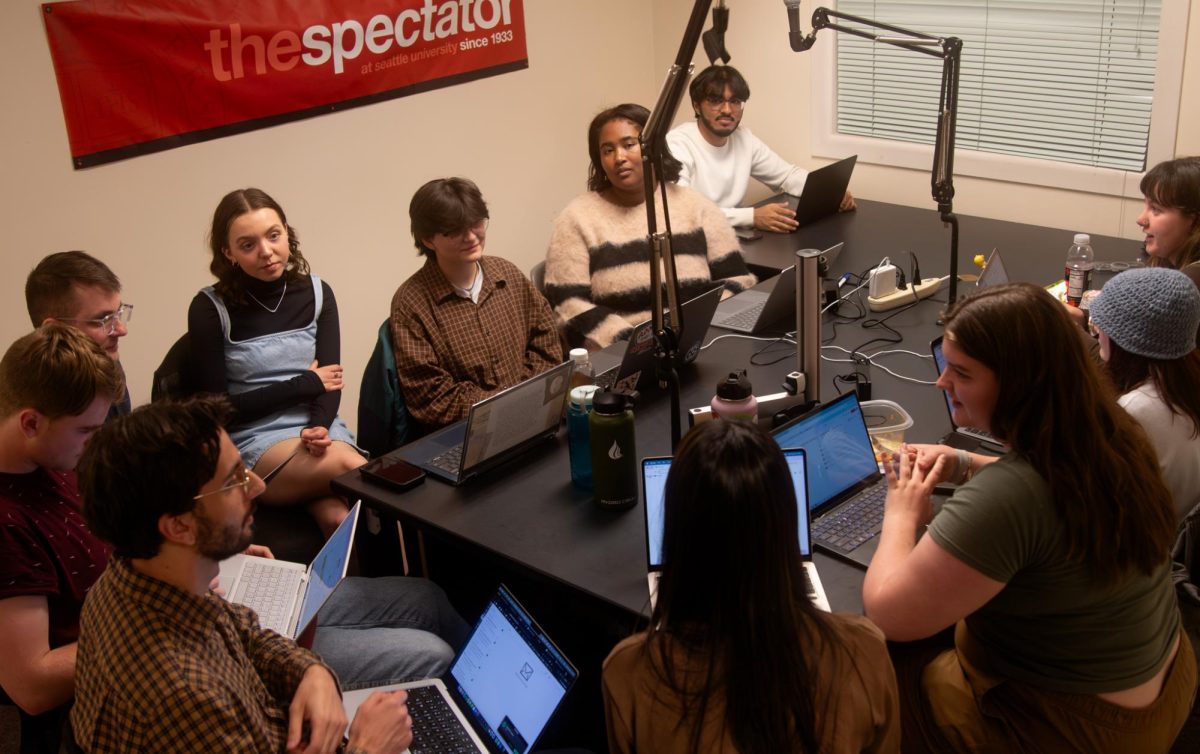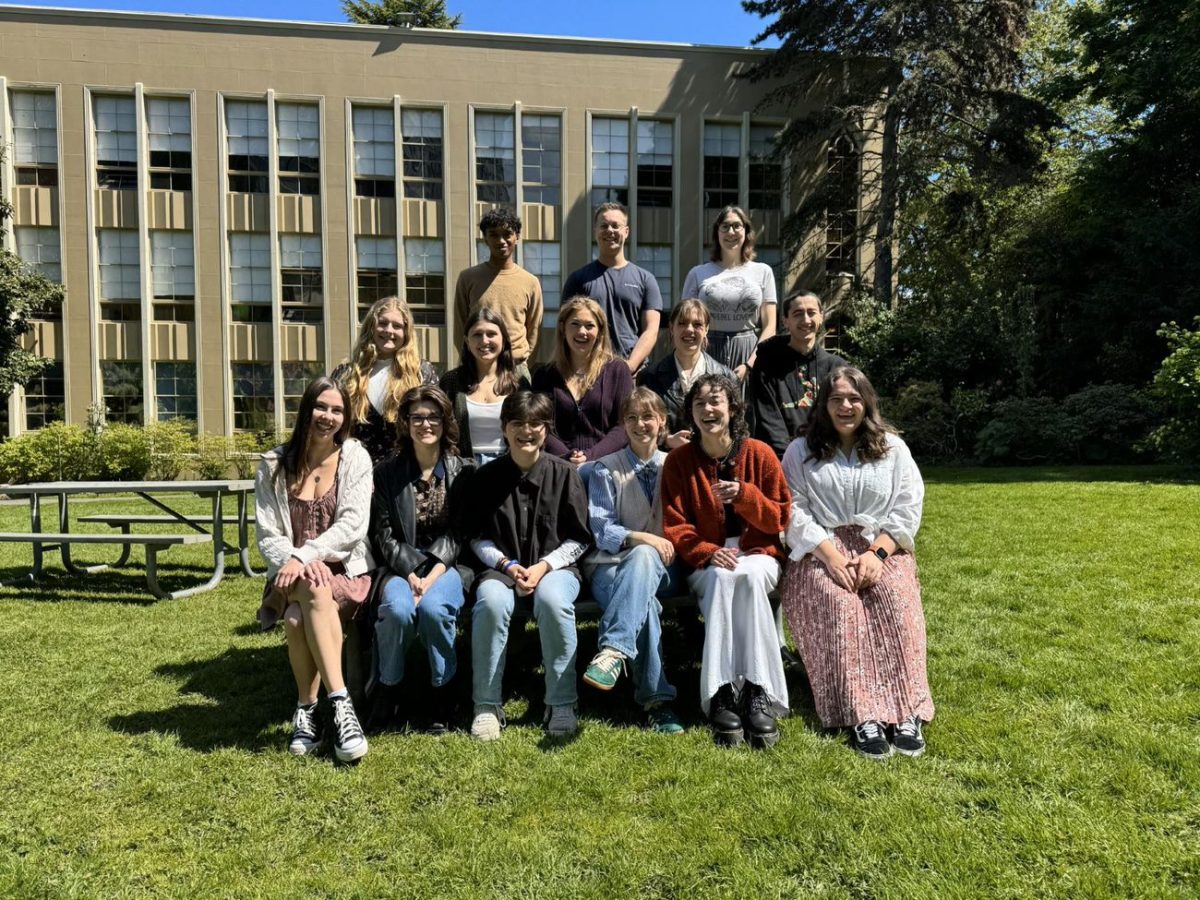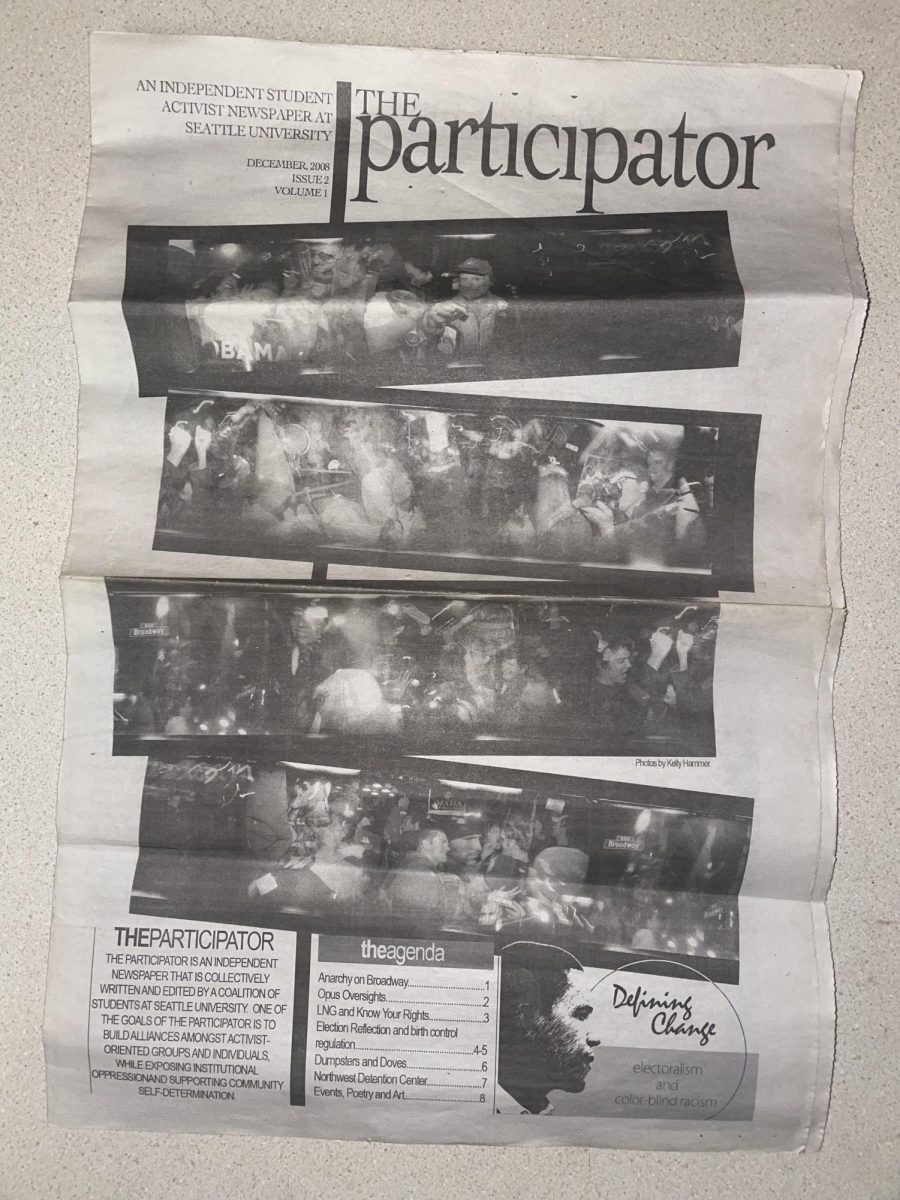Seattle University embodies a strong commitment to environmental sustainability through programs to recycle and compost waste, promote environmental consciousness on campus, and construct sustainable buildings. But with the construction of the new Center for Science and Innovation (CSI), is the school doing enough?
Phillip Thompson, an environmental studies professor, thinks that Seattle U’s awaited CSI will not live up to its full potential as a space that pushes the boundaries of what an environmentally friendly building can be. He points to buildings such as the Bullitt Center, a building in Seattle that runs entirely on the electricity generated by the canopy of solar panels that stretch over the roof of the building.
The Bullitt Center produces so much power that it actually sells 40 percent of its power back to the city. It is this type of building that Thompson says the school should try to emulate in the new Science and Innovation building.
“Given the 10-year old LEED standard that was chosen as a goal, I do not expect there will be any innovative sustainability features in the new building,”Thompson said.
Thompson proposed instead that the university should aim to live up to the Living Building Challenge, a goal for buildings that makes them more sustainable. The requirements include that all of the electricity is created on site and the water is completely recycled.
One of the issues that Thompson sees is that the building will be following the 2009 LEED Gold Standard that the school is required to have all their buildings be at, but because these guidelines are so outdated they are not that difficult to meet and are not as sustainable as they can be.
“When LEED was updated to the current version 4.0 it became more rigorous in all areas, especially energy use intensity. Some building professionals have posited that a 2009 LEED Gold building would not be certified at any level under 4.0,” Thompson said.
The building will have multiple different environmental sustainability features though, according to Laura Branigan, the director of construction for the school, it will have all electric heating, 75 percent of building materials will be recycled, and will have a solar array. The building will be up to the environmental standards of the city of Seattle which is one of the most stringent cities in the country when it comes to regulations, as well as one of the cleanest cities in energy production.
“Our primary source of power is Seattle City Light which generates over 90 percent of its power from renewable sources according to its website. We do have solar array that will generate 8.5 Kilowatts on the building roof with infrastructure to add to the array in the future,” Branigan said.
The cost of going back through to add any new possible energy sustainable systems would also be high, as engineers and architects would need to be paid to reevaluate and redesign the building. Additionally, the cost to install these systems would be substantial. It would mean money coming out of the students’ tuition to fund the redesign, instead of putting that money elsewhere, according to Branigan.
Because the building will include labs, it will need to use high amounts of energy to run the fume hoods all day for safety reasons. This high energy consumption, according to Branigan, is one of the reasons the building would be difficult to convert to entirely solar energy because more surface area then is available would be needed to provide enough power. The current building plan also has a less sustainable way of disposing of water; since there would be labs using chemicals in the building, the water would not be able to be recycled.
“Making a lab building is an entirely different beast then trying to put together something like the Bullitt Center. We have a lot of things that we need to make if we want to make this a functioning lab space,” Branigan said.
While more could always be done for the sake of environmental friendliness it is up to everyone to balance long term sustainability with the cost and practicality of building these buildings. The design and construction department behind the construction says that environmental sustainability was a top priority as much as they could with their budget, and they took steps to show this while within their budget.
The CSI is still scheduled to be completed by 2021 and demolition of the University Services building is scheduled for the coming months.
Logan may be reached at
[email protected]













